White vinegar housekeeping uses are more versatile and powerful than you might think! Are you tired of harsh chemicals and expensive cleaning products cluttering your cabinets? Imagine a single, natural solution that can tackle everything from stubborn stains to grimy surfaces. For generations, vinegar has been a staple in households around the world, not just for cooking, but also for its incredible cleaning properties. Its use dates back to ancient civilizations, where it was valued for its antiseptic and preservative qualities.
But why should you embrace these white vinegar housekeeping uses today? Well, in our modern world, we’re increasingly aware of the impact of harsh chemicals on our health and the environment. This DIY guide will empower you to ditch those toxic cleaners and embrace a safer, more sustainable approach to keeping your home sparkling clean. I’m going to share some of my favorite, tried-and-true tricks that will save you money, reduce your environmental footprint, and leave your home smelling fresh and clean – all thanks to the humble power of white vinegar! Get ready to unlock the secrets of this amazing natural cleaner and transform your housekeeping routine.
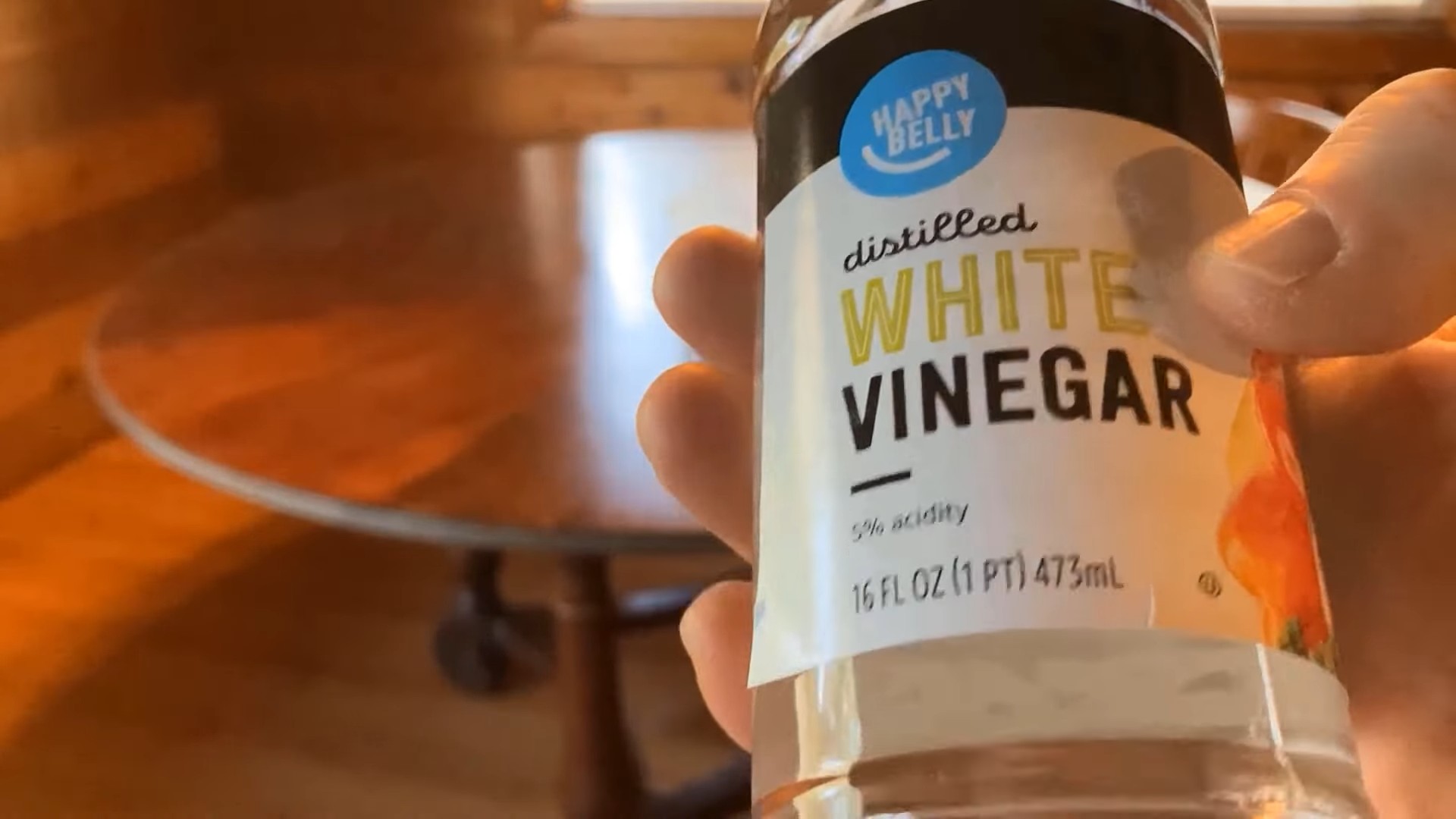
Unlocking the Power of White Vinegar: Your Ultimate DIY Housekeeping Guide
Hey there, fellow DIY enthusiasts! I’m so excited to share my favorite white vinegar housekeeping hacks with you. White vinegar is a true superhero in the cleaning world – it’s cheap, readily available, and incredibly versatile. Forget those expensive, chemical-laden cleaners; let’s harness the natural power of vinegar to make our homes sparkle!
General Tips Before We Dive In
Before we get started, here are a few things to keep in mind:
* Always test in an inconspicuous area first. While vinegar is generally safe, it can damage certain surfaces like marble, granite, and waxed wood. A quick test will save you from potential disasters.
* Dilution is key. Most of these recipes call for diluted vinegar. Using it straight can be too harsh for some surfaces.
* Embrace the smell! Yes, vinegar has a distinct odor, but it dissipates quickly. You can also add a few drops of your favorite essential oil to mask the scent.
* Safety first! Never mix vinegar with bleach, as this creates toxic fumes.
Cleaning Your Kitchen with White Vinegar
The kitchen is often the heart of the home, but it can also be a breeding ground for grime. Let’s tackle those kitchen messes with the magic of vinegar!
Cleaning Your Microwave
Microwaves can get pretty gross, pretty fast. Splatters and spills become baked-on messes. Here’s how to clean it easily:
1. Prepare the solution: Fill a microwave-safe bowl with 1 cup of water and 1/2 cup of white vinegar.
2. Microwave it: Place the bowl in the microwave and heat it on high for 5-10 minutes, or until the solution boils and the microwave is filled with steam.
3. Let it sit: Leave the door closed for another 5 minutes to allow the steam to loosen the grime.
4. Wipe it down: Carefully remove the bowl (it will be hot!) and wipe down the inside of the microwave with a clean cloth or sponge. The loosened grime should come off easily.
5. Clean the turntable: Remove the turntable and wash it with warm, soapy water.
Degreasing Your Stovetop
Grease splatters are inevitable when cooking. Here’s how to tackle them with vinegar:
1. Remove the grates: Take off the stovetop grates and soak them in a sink filled with hot, soapy water and 1/2 cup of white vinegar. Let them soak for at least 30 minutes.
2. Spray the stovetop: Fill a spray bottle with equal parts white vinegar and water. Spray the stovetop surface liberally.
3. Let it sit: Allow the solution to sit for 5-10 minutes to loosen the grease.
4. Wipe it clean: Wipe down the stovetop with a clean cloth or sponge. For stubborn grease, use a non-abrasive scrubbing pad.
5. Rinse and dry: Rinse the stovetop with clean water and dry it with a clean cloth.
6. Clean the grates: Scrub the grates with a brush or sponge to remove any remaining grease. Rinse them thoroughly and dry them before placing them back on the stovetop.
Freshening Your Dishwasher
Dishwashers can accumulate food particles and odors over time. Here’s how to keep yours fresh and clean:
1. Remove food debris: Check the dishwasher filter and remove any food particles or debris.
2. Vinegar rinse: Place a dishwasher-safe cup filled with 1 cup of white vinegar on the top rack of the empty dishwasher.
3. Run a cycle: Run the dishwasher on a hot water cycle. The vinegar will help to dissolve grease, remove odors, and sanitize the dishwasher.
4. Repeat monthly: Repeat this process once a month to keep your dishwasher in top condition.
Cleaning Your Coffee Maker
Coffee makers can develop mineral buildup over time, which can affect the taste of your coffee. Here’s how to descale your coffee maker with vinegar:
1. Prepare the solution: Fill the coffee maker’s water reservoir with equal parts white vinegar and water.
2. Run a brewing cycle: Run a full brewing cycle with the vinegar solution.
3. Rinse with water: Run two or three brewing cycles with fresh water to rinse away any remaining vinegar.
4. Clean the carafe: Wash the carafe with warm, soapy water.
Bathroom Bliss with White Vinegar
The bathroom is another area that benefits greatly from the cleaning power of vinegar. Let’s tackle those bathroom messes!
Cleaning Showerheads
Showerheads can get clogged with mineral deposits, reducing water pressure. Here’s how to clean them with vinegar:
1. Prepare the solution: Fill a plastic bag with white vinegar.
2. Submerge the showerhead: Secure the bag around the showerhead with a rubber band, ensuring that the showerhead is completely submerged in the vinegar.
3. Soak overnight: Let the showerhead soak overnight.
4. Remove and rinse: Remove the bag and rinse the showerhead thoroughly with water.
5. Wipe clean: Wipe the showerhead with a clean cloth.
Cleaning Toilets
Vinegar is a great natural cleaner for toilets.
1. Pour in vinegar: Pour 1-2 cups of white vinegar into the toilet bowl.
2. Let it sit: Let it sit for at least 30 minutes, or preferably overnight.
3. Scrub and flush: Scrub the toilet bowl with a toilet brush and flush.
4. Clean the exterior: Spray the exterior of the toilet with a solution of equal parts white vinegar and water. Wipe clean with a cloth.
Removing Soap Scum from Shower Doors
Soap scum can be a real pain to remove. Here’s how to tackle it with vinegar:
1. Heat the vinegar: Heat 1 cup of white vinegar in the microwave until it’s warm (not boiling).
2. Pour into a spray bottle: Pour the warm vinegar into a spray bottle.
3. Spray the shower doors: Spray the shower doors liberally with the warm vinegar.
4. Let it sit: Let it sit for 10-15 minutes to loosen the soap scum.
5. Wipe clean: Wipe the shower doors with a sponge or cloth. For stubborn soap scum, use a non-abrasive scrubbing pad.
6. Rinse and dry: Rinse the shower doors with clean water and dry them with a clean cloth.
Other Clever Uses for White Vinegar
The cleaning power of white vinegar extends beyond the kitchen and bathroom. Here are a few other clever uses:
Freshening Laundry
Vinegar can be used as a natural fabric softener and odor eliminator.
1. Add to the rinse cycle: Add 1/2 cup of white vinegar to the rinse cycle of your washing machine.
2. Deodorize clothes: To remove strong odors from clothes, soak them in a solution of 1 cup of white vinegar and cold water for 30 minutes before washing.
Cleaning Windows and Mirrors
Vinegar is a great streak-free cleaner for windows and mirrors.
1. Prepare the solution: Mix equal parts white vinegar and water in a spray bottle.
2. Spray and wipe: Spray the windows or mirrors with the solution and wipe clean with a microfiber cloth.
Removing Stickers and Labels
Vinegar can help to loosen the adhesive on stickers and labels, making them easier to remove.
1. Soak the sticker: Soak a cotton ball or cloth with white vinegar.
2. Apply to the sticker: Apply the vinegar-soaked cotton ball or cloth to the sticker or label and let it sit for 5-10 minutes.
3. Peel and wipe: Gently peel off the sticker or label. If it’s still stubborn, reapply the vinegar and let it sit for a few more minutes. Wipe away any remaining residue with a clean cloth.
Reviving Dull Floors (Except Wood and Stone)
For tile or linoleum floors, vinegar can restore shine.
1. Mix the solution: Add 1/2 cup of white vinegar to a bucket of warm water.
2. Mop the floor: Mop the floor with the vinegar solution.
3. Rinse (optional): If desired, rinse the floor with clean water.
4. Dry: Allow the floor to air dry.
Cleaning Your Iron
Mineral buildup can clog the steam vents of your iron.
1. Empty the iron: Make sure your iron is empty of water.
2. Prepare the solution: Mix equal parts white vinegar and distilled water.
3. Fill
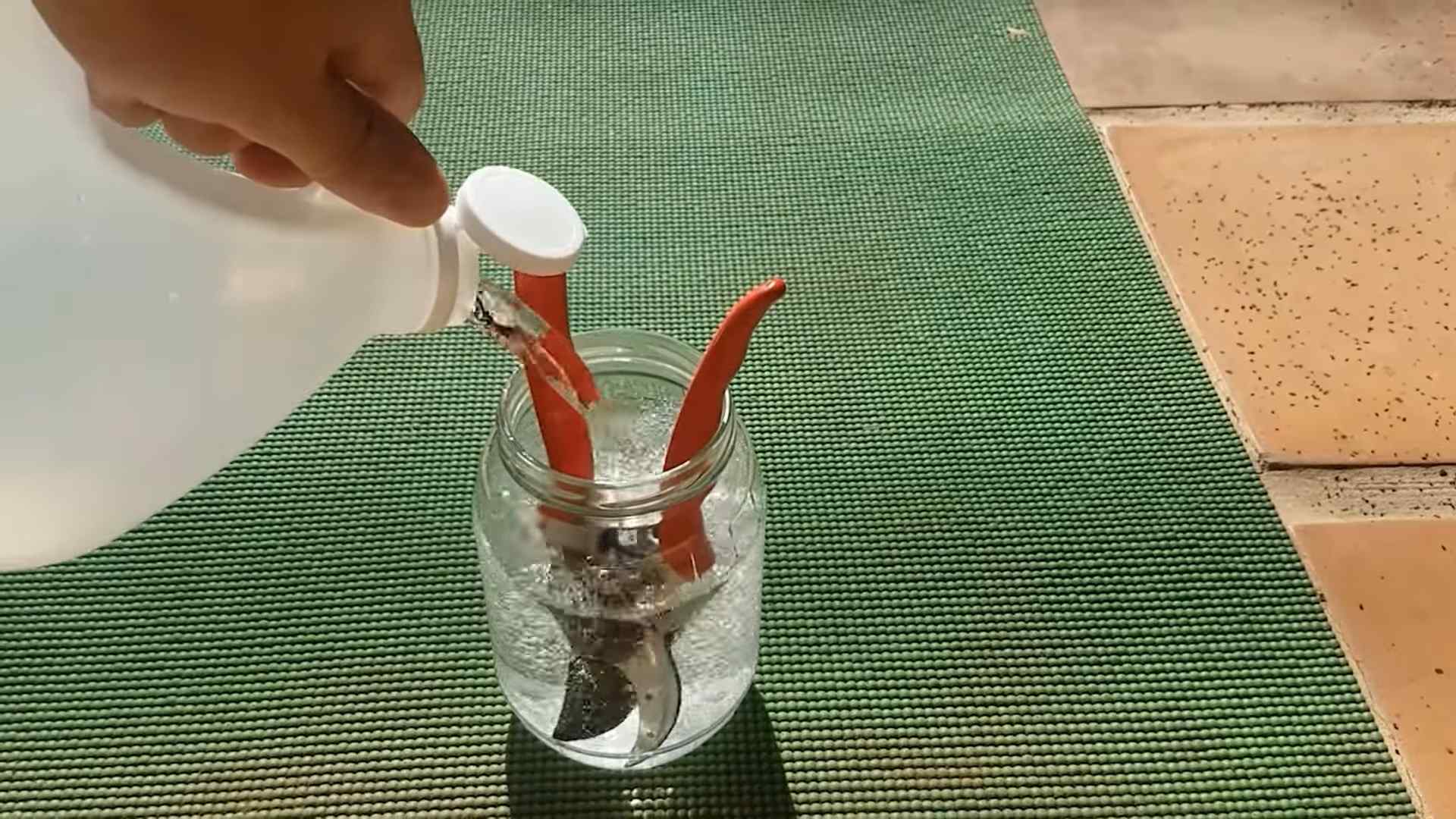
Conclusion
So, there you have it! Transforming ordinary white vinegar into a powerhouse cleaning solution is not just a cost-effective alternative to commercial products; it’s a step towards a healthier home and a more sustainable lifestyle. We’ve explored how this simple ingredient can tackle a multitude of cleaning tasks, from banishing hard water stains to deodorizing your refrigerator. The versatility of this DIY trick is truly remarkable.
Why is this a must-try? Because it’s effective, economical, and eco-friendly. You’re reducing your exposure to harsh chemicals, saving money on expensive cleaners, and minimizing your environmental impact all at once. It’s a win-win-win! Plus, the satisfaction of creating your own cleaning solutions is surprisingly rewarding.
But don’t stop there! Experiment with different essential oil combinations to personalize your cleaning experience. A few drops of lavender oil can add a calming scent to your all-purpose cleaner, while tea tree oil can boost the antibacterial properties of your bathroom spray. You can also infuse your vinegar with citrus peels for a naturally fragrant and potent degreaser. Consider adding a tablespoon of baking soda to your vinegar cleaning solution for extra scrubbing power on tough stains. Remember to always test your DIY solutions on an inconspicuous area first to ensure they don’t damage the surface.
We’ve focused on the incredible potential of **white vinegar housekeeping** uses, but the possibilities are truly endless. From cleaning your microwave to reviving dull laundry, this humble ingredient can become your go-to solution for a sparkling clean home.
We wholeheartedly encourage you to give this DIY trick a try. Start with a simple task, like cleaning your windows or descaling your coffee maker, and witness the magic of white vinegar firsthand. Once you experience the effectiveness and affordability of this natural cleaner, you’ll wonder why you didn’t switch sooner.
Don’t just take our word for it – try it yourself and see the amazing results. We’re confident that you’ll be impressed. And most importantly, we want to hear about your experience! Share your tips, tricks, and success stories in the comments below. Let’s build a community of DIY cleaning enthusiasts and discover even more innovative ways to harness the power of white vinegar. Your insights could inspire others to embrace a more natural and sustainable approach to cleaning. Let us know what worked for you, what variations you tried, and any challenges you encountered. Together, we can unlock the full potential of this incredible cleaning agent and create healthier, happier homes.
Frequently Asked Questions (FAQ)
Is white vinegar safe to use on all surfaces?
While white vinegar is a versatile cleaner, it’s not suitable for all surfaces. Avoid using it on natural stone surfaces like marble, granite, and limestone, as the acidity can etch and damage them. It’s also best to avoid using it on waxed furniture, as it can strip the wax finish. Always test your DIY vinegar solutions on an inconspicuous area first to ensure they don’t cause any discoloration or damage. For delicate surfaces, dilute the vinegar with more water or consider using a different cleaning solution altogether. When in doubt, consult the manufacturer’s instructions for the specific surface you’re cleaning.
What is the best way to store homemade white vinegar cleaning solutions?
Store your homemade white vinegar cleaning solutions in labeled spray bottles or containers. It’s important to clearly label them to avoid any confusion or accidental misuse. Keep them out of reach of children and pets, just as you would with any commercial cleaning product. Store them in a cool, dark place to prevent the essential oils from degrading and to maintain the effectiveness of the solution. Avoid storing them in direct sunlight or near heat sources. Glass spray bottles are a good option, as they are resistant to the acidity of vinegar and won’t leach any chemicals into the solution.
Can I mix white vinegar with other cleaning products?
It’s generally not recommended to mix white vinegar with other cleaning products, especially bleach. Mixing vinegar with bleach can create toxic chlorine gas, which can be harmful to your health. Avoid mixing vinegar with ammonia-based cleaners as well, as this can create toxic chloramine vapors. When using white vinegar for **white vinegar housekeeping**, it’s best to use it on its own or with other natural ingredients like baking soda, essential oils, or lemon juice. Always read the labels of your cleaning products carefully and avoid mixing them unless specifically instructed to do so.
How can I get rid of the vinegar smell after cleaning?
The vinegar smell typically dissipates quickly after cleaning. To speed up the process, you can open windows and doors to ventilate the area. You can also add a few drops of your favorite essential oil to your vinegar cleaning solution to mask the vinegar scent. Citrus peels, such as lemon or orange peels, can also be infused into the vinegar to create a more pleasant fragrance. Another option is to simply wipe down the cleaned surfaces with a damp cloth after cleaning with vinegar. The smell is temporary and the benefits of using white vinegar as a cleaner far outweigh the slight odor.
What are some other uses for white vinegar in housekeeping besides cleaning?
Beyond general cleaning, white vinegar has a wide range of other uses in housekeeping. It can be used to freshen laundry, remove mildew from shower curtains, unclog drains, and even kill weeds in your garden. It’s also a great natural fabric softener and can help remove static cling from clothes. You can use it to clean your dishwasher and washing machine, removing buildup and odors. White vinegar can even be used to polish chrome and stainless steel surfaces. Its versatility makes it an indispensable tool for any homeowner looking for natural and effective solutions.
How does white vinegar compare to other natural cleaning agents like baking soda or lemon juice?
White vinegar, baking soda, and lemon juice are all effective natural cleaning agents, but they work in different ways. White vinegar is acidic, making it effective at dissolving hard water stains, soap scum, and mildew. Baking soda is alkaline and acts as a gentle abrasive, making it useful for scrubbing surfaces and deodorizing. Lemon juice is also acidic and has antibacterial properties, making it a good choice for disinfecting and adding a fresh scent. These three ingredients can often be used together to create powerful cleaning solutions. For example, combining baking soda and vinegar can unclog drains, while lemon juice and vinegar can create a potent all-purpose cleaner. Understanding the properties of each ingredient allows you to tailor your cleaning solutions to specific tasks.

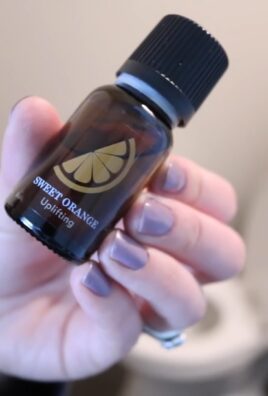
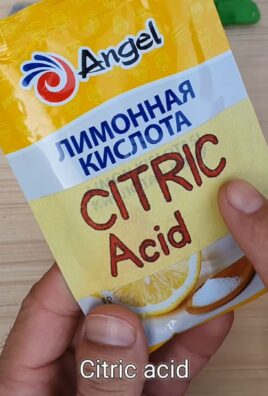
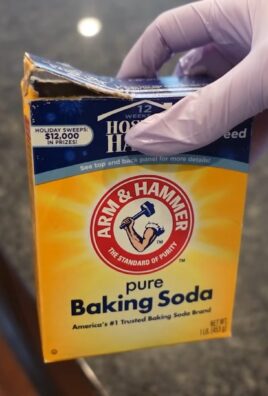
Leave a Comment